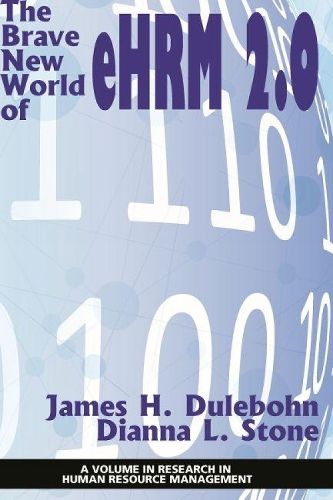Readings Newsletter
Become a Readings Member to make your shopping experience even easier.
Sign in or sign up for free!
You’re not far away from qualifying for FREE standard shipping within Australia
You’ve qualified for FREE standard shipping within Australia
The cart is loading…






This title is printed to order. This book may have been self-published. If so, we cannot guarantee the quality of the content. In the main most books will have gone through the editing process however some may not. We therefore suggest that you be aware of this before ordering this book. If in doubt check either the author or publisher’s details as we are unable to accept any returns unless they are faulty. Please contact us if you have any questions.
Information technology has had a profound effect on almost every aspect of our lives including the way we purchase products, communicate with others, receive health care services, and deliver education and training. It has also had a major impact on humanresource management (HR) processes, and it has transformed the way that we recruit, select, motivate, and retain employees (Gueutal & Stone, 2005; Kavanagh, Thite, & Johnson, 2015). For example, some estimates indicated that 100 % of large organizations now use web-based recruiting (Sierra-Cedar, 2016-2017), and over half of the training conducted in America is delivered using technology-based methods (American Society for Training and Development, 2015). Results of a survey by the Society for Human Resource Management (SHRM) (2002) revealed that technology is one of the major drivers of change in today’s HR departments.
In spite of the increased use of technology in the field of HR, relatively little research has examined the acceptance andeffectiveness of electronic human resource management (eHRM) methods. As a consequence, practitioners are implementing these new systems without the benefit of research. Thus, the primary purpose of this issue is to review the results of research on a number of important eHRM practices including e-recruitment, e-selection, gamification, esocialization, e-learning, and e-performance management. It also considers how the problems associated with cyberdeviance in organizations. The chapters in thisseries should be extremely beneficial for HR researchers and practitioners who are employing these new systems.
$9.00 standard shipping within Australia
FREE standard shipping within Australia for orders over $100.00
Express & International shipping calculated at checkout
This title is printed to order. This book may have been self-published. If so, we cannot guarantee the quality of the content. In the main most books will have gone through the editing process however some may not. We therefore suggest that you be aware of this before ordering this book. If in doubt check either the author or publisher’s details as we are unable to accept any returns unless they are faulty. Please contact us if you have any questions.
Information technology has had a profound effect on almost every aspect of our lives including the way we purchase products, communicate with others, receive health care services, and deliver education and training. It has also had a major impact on humanresource management (HR) processes, and it has transformed the way that we recruit, select, motivate, and retain employees (Gueutal & Stone, 2005; Kavanagh, Thite, & Johnson, 2015). For example, some estimates indicated that 100 % of large organizations now use web-based recruiting (Sierra-Cedar, 2016-2017), and over half of the training conducted in America is delivered using technology-based methods (American Society for Training and Development, 2015). Results of a survey by the Society for Human Resource Management (SHRM) (2002) revealed that technology is one of the major drivers of change in today’s HR departments.
In spite of the increased use of technology in the field of HR, relatively little research has examined the acceptance andeffectiveness of electronic human resource management (eHRM) methods. As a consequence, practitioners are implementing these new systems without the benefit of research. Thus, the primary purpose of this issue is to review the results of research on a number of important eHRM practices including e-recruitment, e-selection, gamification, esocialization, e-learning, and e-performance management. It also considers how the problems associated with cyberdeviance in organizations. The chapters in thisseries should be extremely beneficial for HR researchers and practitioners who are employing these new systems.